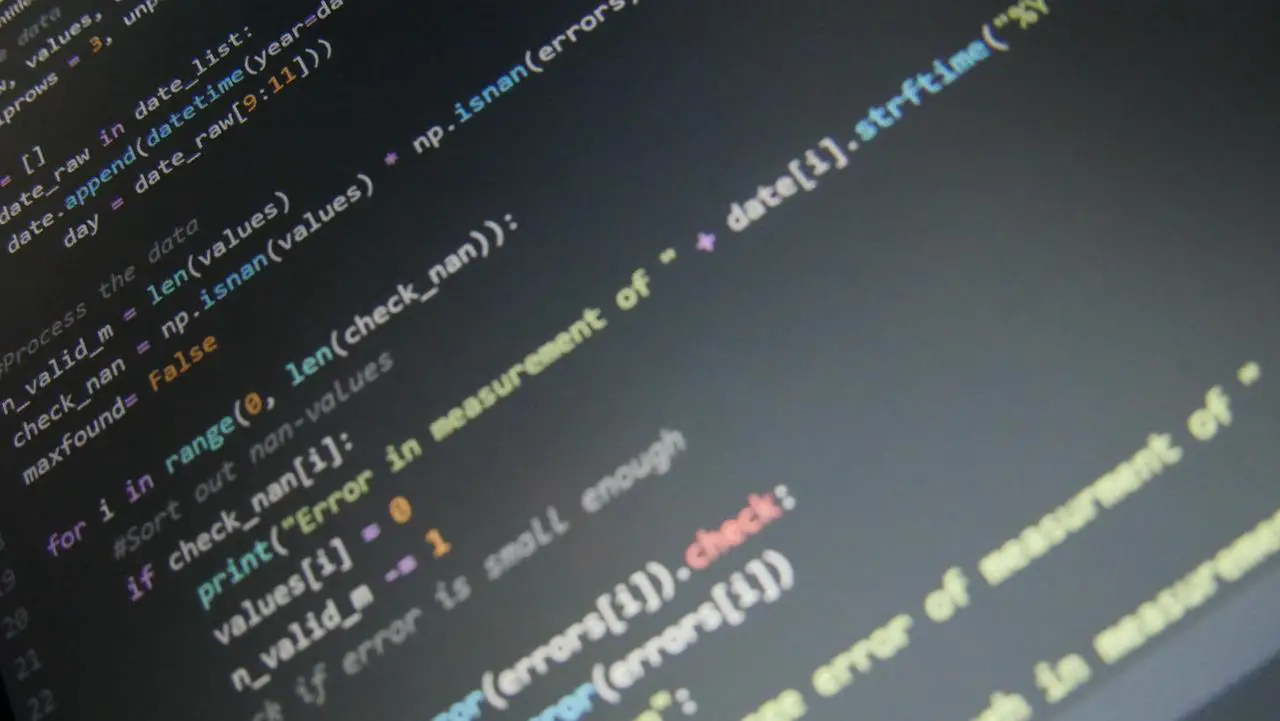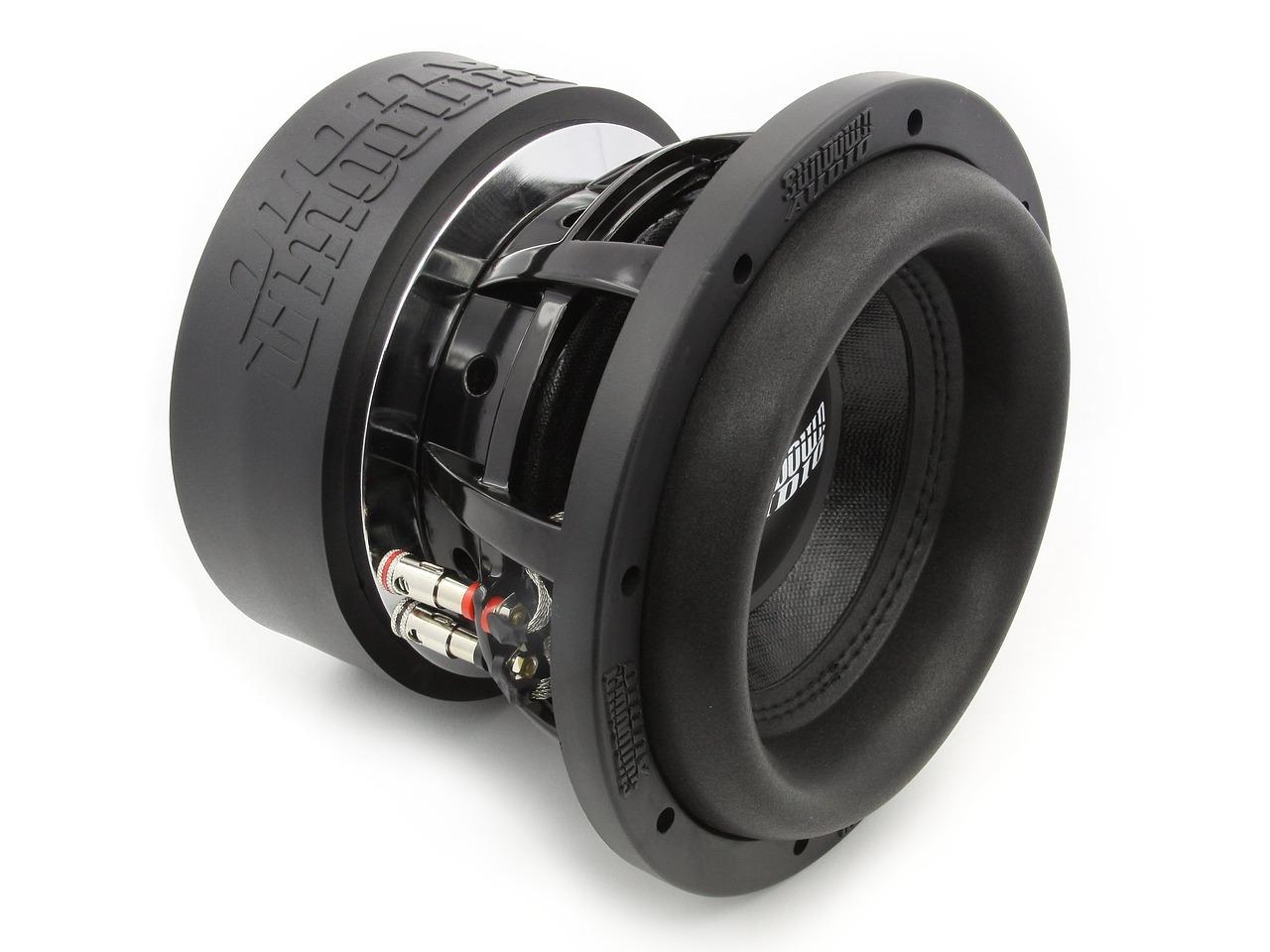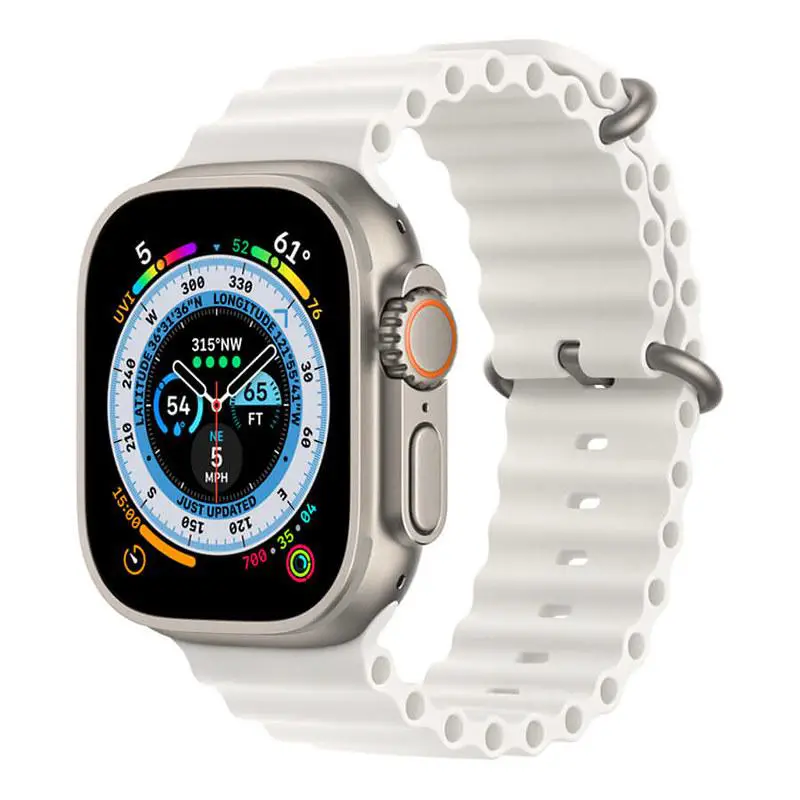Python Programming
Hello and welcome to our in-depth guide on learning Python in just 5 minutes! In this succinct but educational tutorial, we’ll look at the key components of Python programming. You may use this to lay a solid foundation and begin your foray into the world of coding. Let’s begin straight away!
Understanding Python: A Brief Overview
The “language of the future,” Python, is a flexible and approachable programming language for newcomers. Its simplicity, readability, and large development community have all contributed to its enormous success. Due to its clear way of writing code, Python is a terrific choice for programmers of all levels.
Setting Up Your Development Environment
Setting up your development environment is crucial before you start using Python. Windows, macOS, and Linux are just a few of the systems on which Python may be installed. Head over to the official Python website and download the latest version. You are now prepared to begin coding after installation!
Basic Syntax and Data Types
Python’s syntax is intuitive and easy to grasp. Let’s cover some essential elements:
Variables and Data Types
In Python, you can create variables without explicitly specifying their data type. The interpreter automatically determines the type based on the value assigned. Common data types include:
• Integers: Whole numbers without decimal points.
• Floats: Numbers with decimal points.
• Strings: Textual data enclosed in single or double quotes.
• Lists: Ordered collections of items.
• Dictionaries: Key-value pairs for efficient data storage.
Control Flow: Conditional Statements and Loops
Python offers various control structures to manage program flow:
• If-Else Statements: Make decisions based on conditions.
• For Loops: Iterate over sequences like lists, strings, or ranges.
• While Loops: Execute code as long as a condition holds true.
Functions and Modules
Functions are reusable chunks of code that carry out particular tasks. The extensive standard library of Python has built-in modules and methods that make complicated tasks simple. You can also create your functions to modularize your code and enhance reusability.
Libraries and Frameworks
Python is made even more potent by the abundance of libraries and frameworks that it has. Some popular ones include:
• NumPy: For efficient numerical operations.
• Pandas: Handling and analyzing data with ease.
• Matplotlib and Seaborn: Data visualization tools.
• Django and Flask: Web development frameworks.
Object-Oriented Programming (OOP)
Python allows you to build classes and objects since it supports object-oriented programming. Complex projects are easier to manage because OOP encourages code structure and reuse.
The Power of Python: Real-World Applications
Python’s versatility shines through its extensive range of applications: • Web Development: Build dynamic websites using Django or Flask.
• Data Science: Analyze and visualize data with libraries like Pandas and Matplotlib.
• Machine Learning: Create predictive models with libraries like Scikit-Learn and TensorFlow.
• Automation: Automate repetitive tasks using Python scripts.
Resources for Continuous Learning
Python’s learning journey is never-ending, but don’t worry, numerous resources can help you keep improving:
• Online Tutorials: Platforms like Codecademy, Coursera, and Khan Academy offer interactive Python courses.
• Documentation: The official Python documentation provides in-depth insights into the language and its libraries.
• Community Forums: Websites like Stack Overflow allow you to ask questions and learn from experienced programmers.
Conclusion
After just a short read, you’ve peeked into the world of Python programming. This powerful language is a great option for those who are just getting started because it is both easy to learn and extremely adaptable. Whether you’re into creating websites, working with data, or making computers learn, Python has plenty to give. So, why hesitate? Start using Python to code right now!
Frequently Asked Questions
1. How do I set up a Python development environment?
Setting up your development environment is crucial. Linux, macOS, and Windows are just a few of the systems on which Python can be installed. Simply visit the official Python website and download the latest version to begin coding.
2. What are the basic data types in Python?
Integers, floats, strings, lists, and dictionaries are just a few of the data types that Python supports. You can create variables without explicitly specifying their type, as Python’s interpreter determines it based on the assigned value.
3. What are conditional statements and loops in Python?
Python provides control structures like if-else statements, loops, and while loops to manage program flow. These allow you to make decisions based on conditions and repeat tasks as needed.
4. How can I enhance code reusability in Python?
Python’s extensive standard library includes built-in modules and functions. You can also create your functions to modularize code and improve reusability, making your programming tasks more efficient.
5. What are some popular Python libraries and frameworks?
Python’s versatility is amplified by libraries and frameworks like NumPy for numerical operations, Pandas for data analysis, and Django and Flask for web development. These tools simplify complex tasks.
6. What is object-oriented programming (OOP) in Python?
Python supports object-oriented programming, allowing you to create classes and objects.
OOP promotes code organization and reuse, making it easier to manage intricate projects
7. How may Python be used in practical situations?
Python’s capabilities are far-reaching: Web Development: Create dynamic websites using Django or Flask.
Data Science: Analyze and visualize data using Pandas and Matplotlib.
Machine Learning: Build predictive models with Scikit-Learn and TensorFlow.
Automation: Streamline repetitive tasks with Python scripts.
8. What sources exist where I may learn more about Python?
For continuous learning, explore Online Tutorials: Platforms like Codecademy, Coursera, and Khan Academy offer interactive Python courses.
Information: Comprehensive details about the Python programming language and its libraries can be found in the official documentation.
Community Forums: Websites like Stack Overflow allow you to seek guidance from experienced programmers.




